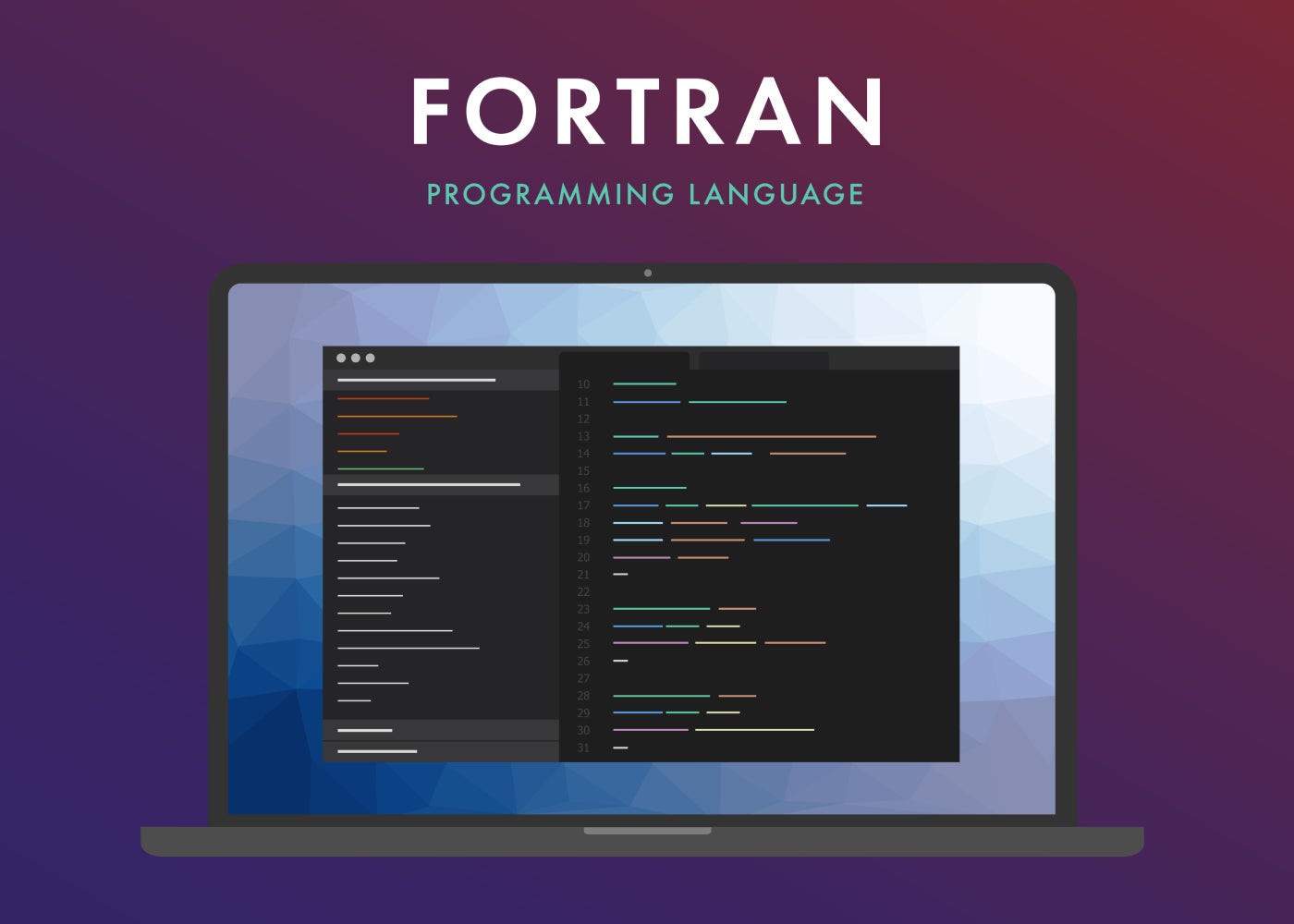It begins the week at the neutral neutral and ranges between 150.58 and 148.54. However, JPY cross pairs are trading deeply oversold.
For example, it is trading this week from 180.79 to 183.31. GBP/JPY from the weekly opening at 181.26 is 47 pips above the most important level 180.79.
It also starts the week oversold while it must overcome 107.89 to go up.
For the BOJ, the YCC remains within the band of 0.50 to 1.5. YCC will likely change by compressing ranges only if inflation falls below the 2% target. The BOJ forecasts current inflation of 3%, 2.5% and 1.7% for fiscal 2024.
FY2024 for BOJ benchmarks by April 2024 ahead of next April budget in FY2024 to 2025.
The second YCC scenario changes only if interest rates or inflation in foreign economies deviate. The direction for the YCC bands is no change in current levels towards possible compression in the distant future. An expansion to YCC is not expected as there is no reason from a GDP, exchange rate, trade and inflation perspective to widen the bands.
The overall driver for YCC bands is 10-year performance at the top of the 1.5 line. The current lower and upper bands range -0.145 to 10 years at 0.881 or 0.855 to 1.881.
The JGB yield curve not only remains positive but must continue its upward slope for the BOJ to buy JGB at -1.0 or 0.90. The next option is JGP purchases with the 10-year yield, as the imperative for YCC is to limit the term to 10 years by stopping any increases.
The intervention in August and October 2022 to rescue trade imbalances was the impetus behind a positive Japanese economy. Since October 2022, GDP, wages and consumption have increased, while producer prices and inflation have fallen.
USD/JPY fell from 151.00 in October 2022 to 127.00 in January 2023. It rose from October 2022 to 25621.96 to June 2023 to 33772.89 or +8150.93 points.
WTI oil fell in October 2022 from 80.87 to 63.70 in April 2023. JPY/XAU fell along with USD/JPY from October 2022 to April 2023.
Corporate profits and fixed investments also soared between October 2022 and 2023. The BOJ's balance sheet expanded.
The intervention was a success as the Export and Import lines fell each month until Exports were trading above Imports in April 2023.
The current trade is not unbalanced and there is no need for intervention; However, imports and exports share a close relationship. The issue of data dependency really exists to determine the next direction of Imports and Exports. USD/JPY at 149.00 is acceptable and not under threat of intervention.
The BOJ meeting risks no movement for the USD/JPY as the Japanese economic situation is going perfectly.
Week
, and they start the week with a massive oversold. EUR/USD targets 1.0624 and GBP/USD 1.2255. AUD/USD returns to 0.6400 and NZD/USD to 0.5895.
and deeply overbought and short trades are the only weekly strategy.
and also opens the week overbought. Trading is deeply overbought, however AUD/NZD remains a problematic currency and it is recommended to refrain from further trading.
remains just above 1.6603 and a breakout is necessary to reach the targets of 1.6467 and 1.6257. The longs and shorts are located at 1.9146.
Weekly EUR/AUD shorts prevailed from August at 1.7000, while GBP/AUD shorts held from 1.9900 since August.
There are cautious long positions in GBP/JPY and CAD/JPY during the week to target GBP/JPY 183.15 and EUR/JPY 158.98. Then short positions to target GBP/JPY at 182.38 and EUR/JPY at 158.33.
It begins the week in its usual massively overbought position. and CAD/JPY is trading deeply oversold. Overbought USD/CAD versus oversold CAD/CHF and CAD/JPY are trading in correct positions for a 3-trade combination.
trades overbought, while there is nothing interesting for CHF cross pairs except CAD/CHF.
USD/EM
It operates overbought and like the Israeli shekel. massively overbought again.
Watch for shorts on a break at 4.2221 to easily target 4.2065.
The vast majority of USD/EM starts the week oversold.
Brian Twomey












